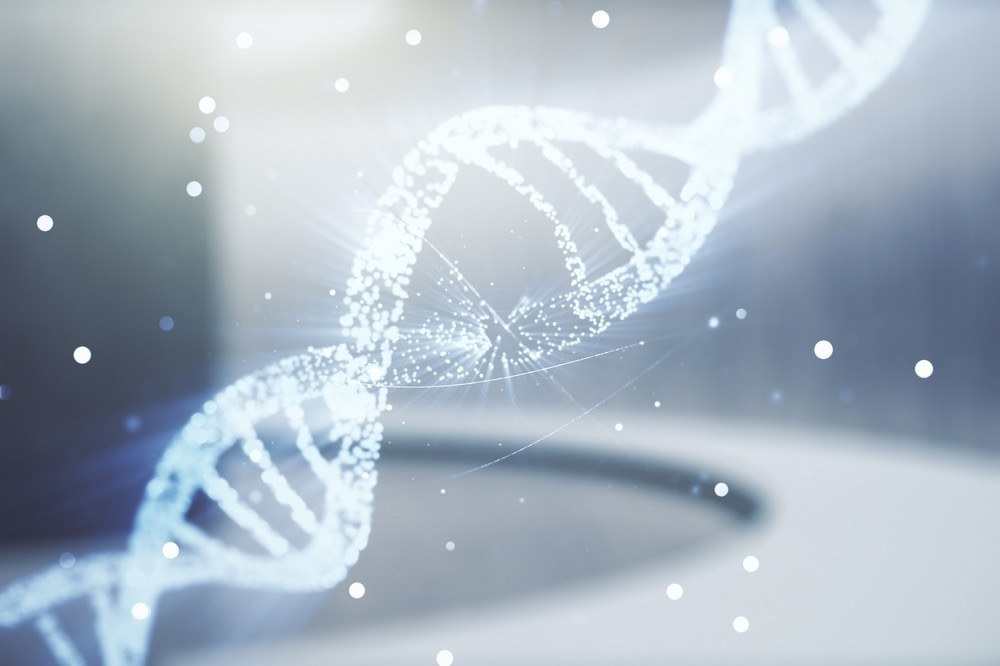Autism spectrum disorder (ASD) is a developmental disability that causes difficulties in communication, learning, and social interactions. The high level of connectivity across ASD risk genes provides an opportunity to use their coexpression to better understand the molecular convergence in ASD.

Study: Convergent coexpression of autism-associated genes suggests some novel risk genes may not be detectable in large-scale genetic studies. Image Credit: Pixels Hunter / Shutterstock.com
Background
ASD is a neuropsychiatric disorder that is a heritable genetic condition with a population prevalence of around 1%. Genetic sequencing studies have identified many genes that enhance the risk of ASD.
Previous research has also discovered biological pathways associated with ASD, including chromatin, synaptic function, and transcriptomic studies. Nevertheless, there is limited data on how these genes interact or whether they converge on shared downstream pathways linked to novel risk genes to manifest symptoms.
Genetic studies using CRISPR and induced pluripotent stem cells (iPSCs) provide insights into cellular and transcriptomic consequences of perturbing ASD-associated individual genes. Observations from these studies suggest several downstream genes/pathways that could contribute to ASD risk.
Using Loss of function (LoF) models, FOXP1 and CHD8 transcriptional regulators have been linked with ASD, with a possibility of more dysregulated genes potentially causing this condition. Several altered genes associated with ASD showed the absence of CHD8 and FOXP1 binding sites, thus suggesting that the manifestation of ASD is due to the perturbation of other downstream regulatory interactions.
ASD gene mutations have been classified into two groups based on changes in prefrontal cortex neurogenesis. One group inhibited, while the other improved spontaneous cortical neurogenesis.
The existence of convergent cellular and signaling phenotypes within the larger subset of ASD-associated genes was confirmed. Even though several studies have highlighted interactions between multiple disease genes and revealed their convergent signatures, not many studies related to ASD genes in human cell lines are available as a result of technical and logistic difficulties.
Interestingly, the discovery of protein-protein interaction (PPI) networks and coexpression modules of ASD risk genes have highlighted the existence of high and well-orchestrated connectivity and interactions. Furthermore, convergent gene expression was demonstrated in ASD risk genes linked to rare protein truncation variants. Additionally, ASD genes have been associated with significant copy number variants (CNVs) and common variations.
About the study
The current study evaluated the degree of coexpression convergence based on similar coexpression profiles among ASD risk genes using large-scale postmortem brain tissue datasets. In addition, genes that were significantly coexpressed with the ASD genes were identified.
Since in vitro experiments are costly and challenging to scale, scientists used an in silico coexpression convergence approach to implicate genes as novel ASD risk candidates. The identified genes were linked to neurodevelopmental disorder (NDD), synaptic function, and varied expressions in postmortem brains of ASD patients as compared to controls.
Study findings
It was observed that coexpression could influence the regulatory consequences of CRISPR perturbation across common factors with the same correlation to replicate CRISPR experiments linked to a similar gene. A total of 993 human postmortem brains associated with the transcriptional consequences of CRISPR perturbations in human neurons were used to determine coexpression patterns.
Seventy-one ASD risk genes significantly associated with tissue-specific convergence implicating synaptic pathways were identified. The authors further used schizophrenia and atrial fibrillation risk genes to demonstrate tissue-specific convergence. The extent of ASD convergence was found to be significantly correlated with ASD association from rare dissimilarity and varied expression in ASD brains.
The convergent gene revealed intolerance to functional mutations and possessed shorter coding lengths than known risk genes, even after eliminating their association with ASD. Thus, research on convergent coexpression would likely be able to identify novel genes that would otherwise remain undetected by large-scale molecular sequencing studies.
Study limitations
Despite the ability of the in silico coexpression convergence approach to elucidate transcriptional consequences of disruptive mutations and functional convergence, this method is associated with certain limitations.
For example, the majority of transcriptional data were obtained from bulk tissues that can provide obscure coexpression patterns. Second, the primary ASD convergence analysis assumed a single underlying convergent pathway, which is unlikely, as multiple pathways are more likely to be present given the heterogeneity associated with individuals diagnosed with ASD. Finally, postmortem samples used in this study failed to capture the full convergence during early development.
Taken together, coexpression can influence the regulatory consequences of CRISPR perturbation, and this in silico method can help identify convergence across many risk genes, elucidating the biology of the disease. Importantly, this strategy can identify novel risk genes not previously detected by molecular sequencing studies.
Journal reference:
- Liao, C., Moyses-Oliveira, M., De Esch, C. E. F., et al. (2023) Convergent coexpression of autism-associated genes suggests some novel risk genes may not be detectable in large-scale genetic studies. Cell Genomics. doi:10.1016/j.xgen.2023.100277.